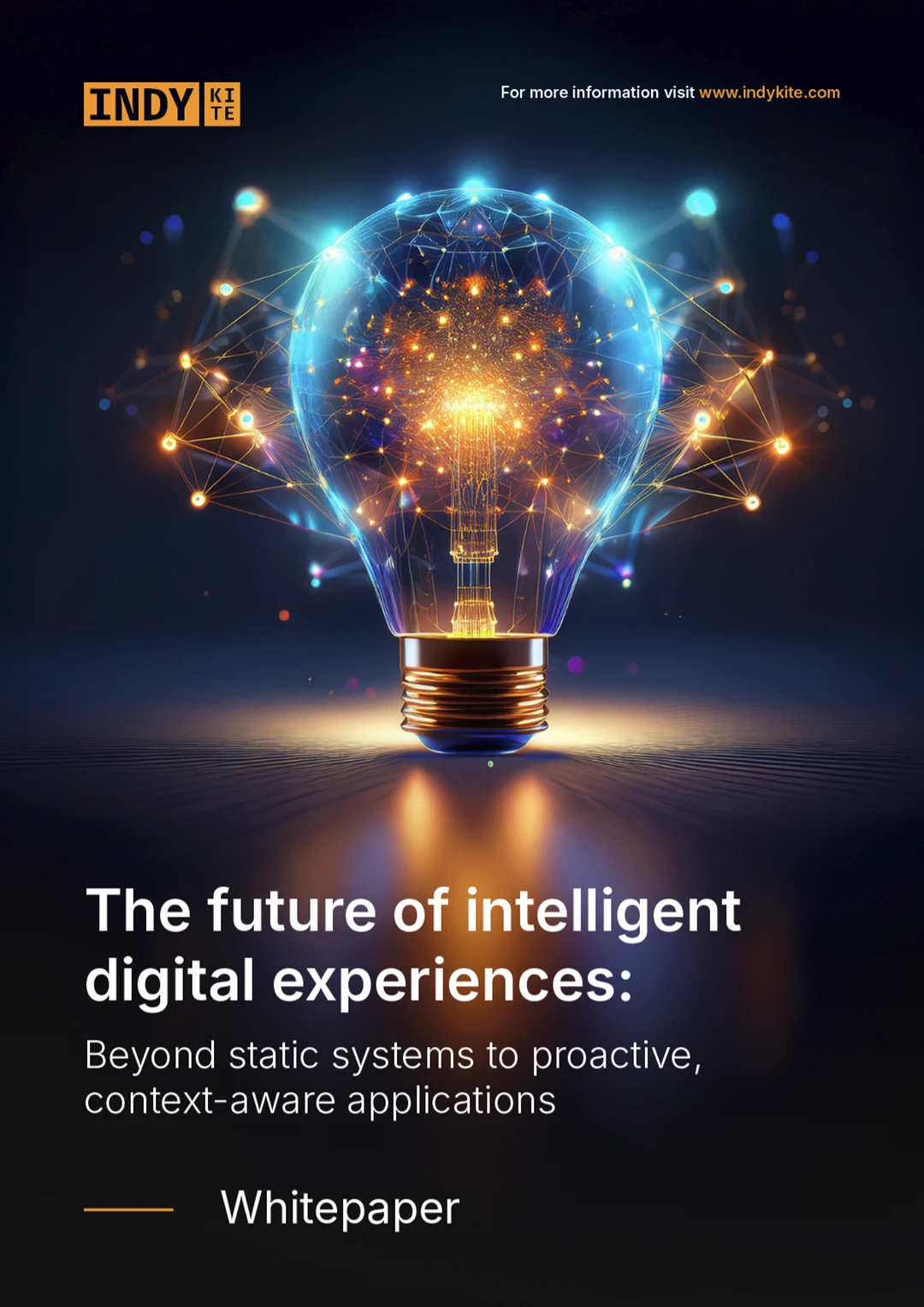From AI strategy to AI infrastructure
In the early stages of AI adoption, many enterprises focus on identifying risks, setting policies, and defining a responsible strategy for use. These efforts are important - but they’re often developed around isolated pilot projects, proof-of-concept models, or teams working in controlled environments.
As AI adoption expands, the environment becomes more complex. Models that started in isolated use cases are adapted by different teams and redeployed in new contexts. Systems that once ran in controlled settings are now integrated into production environments – pulling data from more sources, interacting with more applications, and operating under more varied conditions.
With that complexity comes strain. Internal policies may still exist, but without being embedded into operational systems, they often fail to guide real-time decisions. Control mechanisms become inconsistent across tools and teams, and governance tends to fade as data moves beyond original systems and controlled environments into production pipelines. The result is growing uncertainty – not just about how AI systems are behaving, but whether their actions remain compliant with regulatory obligations, internal intent, or user consent.
At this point, many enterprises discover that their AI strategy doesn’t scale.
Governance processes may be defined, but not implemented consistently across systems. Different teams will adopt different approaches, shaped by the tools they use, the environments they operate in, and the pressures they face. Over time, these inconsistencies compound. As AI systems are embedded into day-to-day operations, it becomes harder to answer key questions: How is data being used? What rules apply? Is the system behaving the way it should?
Scaling secure AI requires infrastructure that can provide operational governance directly within the systems that use data and make decisions. That means carrying context forward, enforcing constraints automatically, and maintaining consistency across an increasingly complex and distributed AI environment.
Granular control at every layer of AI
To manage this complexity, enterprises need the ability to apply precise, context-aware controls throughout the full lifecycle of data use: when data is prepared, when models are trained, when predictions are made, and when those predictions are used to trigger actions. At every point, usage must align with constraints such as consent conditions, regulatory requirements, and contractual obligations.
This level of control requires more than static configurations. It demands systems that can evaluate how data is being used in real time—considering not just who is using it, but for what purpose, under what conditions, and in what environment.
This requires controls that are:
- Context-aware: able to interpret and act on metadata describing how data can be used.
- Dynamic: responsive to changes in environment, task, or purpose.
- Composable: consistent across teams and tools, yet adaptable to different system architectures.
Rather than relying on perimeter-based security or static approval gates, enterprises need to embed control into the flow of how AI systems operate – so every layer, from ingestion to inference, reflects the governance requirements that apply.
From governance framework to operational control
To achieve this, enterprises need a new level of control within their existing infrastructure. This can be made possible by implementing a graph data model to connect and contextualize data, and to power a dynamic and granular authorization engine.
Governance information, such as captured consent, sensitivity levels, and use restrictions, can be recorded as metadata in the graph. A granular, externalized authorization engine can then use this metadata to evaluate whether a specific use of data is permitted, based on the live context of each request.
When an AI system (such as a retrieval-augmented generation (RAG) service, decisioning pipeline, or autonomous agent) initiates a request, the authorization engine checks whether that use aligns with the constraints defined in the graph. This includes evaluating who or what is making the request, the intended purpose, the data involved, and any applicable regulatory or contractual obligations.
This model supports zero standing privileges and enforces time-bound, context-aware access. Data is only made available when requested through a valid prompt or system action, and only if the prompter is entitled to access it. The system remains blind to all other data, reducing exposure risk and supporting compliance by design.
Because AI systems operate quickly and autonomously, enforcement must be just as responsive. Governance decisions are made in real time—without manual review or delays—ensuring that usage constraints are enforced consistently, even as data moves across environments and applications.
By externalizing and centralizing governance enforcement in this way, enterprises can ensure that every use of data—whether for inference, retrieval, or decision-making—is subject to real-time validation. This allows organizations to scale AI securely, with confidence that governance rules are applied precisely when and where they matter most.
Putting operational governance into practice for AI
IndyKite’s AI Control Suite enables this approach at scale. The graph powered platform operates as a control layer and captures customizable metadata about users, systems and data – linking consent, sensitivity, purpose, and context – and makes that metadata continuously available to an externalized authorization engine. This engine evaluates each request in real time, determining what data can be used, by whom, for what purpose, and under what conditions.
Because this control layer operates independently of the consuming systems, it applies consistently across environments and teams, without the need to duplicate rules or re-implement logic. It integrates with existing data sources, applications, and workflows, making it possible to embed governance into enterprise AI systems without disruption or major rearchitecture.
When an AI system initiates a prompt, queries data, or triggers an action, the authorization engine assesses the context dynamically and at machine speed. It returns both a decision and the permitted data, ensuring actions align with the governance conditions in force at that moment.
The result is a governance model that’s dynamic, precise, and operational. Systems act only on data they’re allowed to use, under the conditions that apply. Retrieval-augmented generation (RAG) applications can query enterprise knowledge without overexposing sensitive content, while decisioning systems can use real-time signals without violating consent or crossing jurisdictional boundaries. Autonomous agents can even adapt to changing policies without manual reconfiguration.
This kind of operational governance makes secure AI possible at scale – not by slowing innovation down, but by building the right controls into the way AI systems work.
To learn more, check the AI Control Suite.















